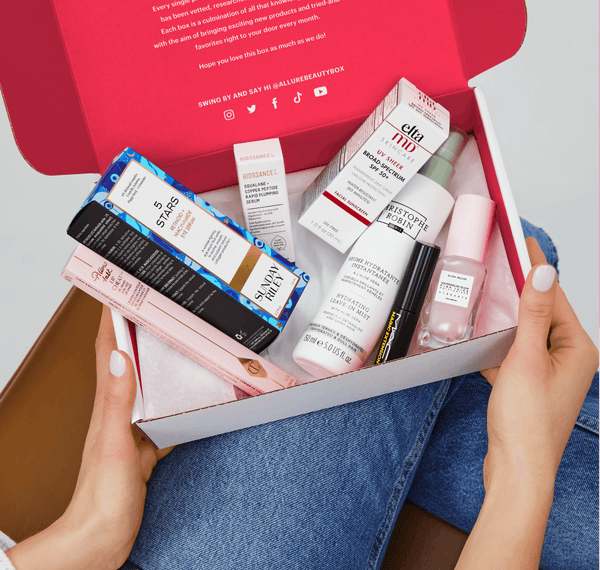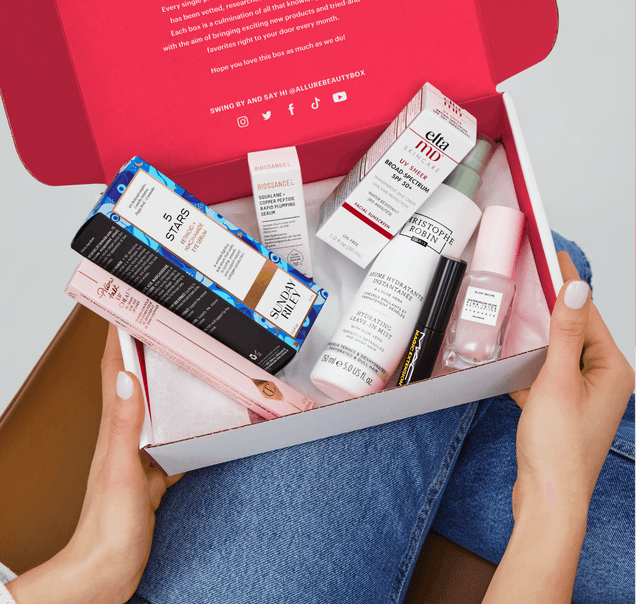It happens to the best of us: At the worst possible time – say, just before a vacation or a holiday party – a bright red zit appears out of seemingly nowhere. Instead of picking at your face (and worsening the blemish in the process), our editors suggest reaching for a pack of pimple patches to target the affected area and speed up healing time. Here's why.

Getty Images
One major benefit of this acne-fighting method is that it provides a protective barrier on the blemish as it heals. Also, these little stickers often contain concentrated doses of acne-fighting ingredients like salicylic acid and tee tree oil that deliver targeted healing right on the pimple itself (those with sensitive skin types can reach for gentler patches with ingredients like niacinamide and hyaluronic acid).
So, what exactly are pimple patches, and how do they work? Let’s dive in.
Also known as acne patches or hydrocolloid patches, these small, adhesive stickers originated from the hydrocolloid dressing used in wound healing. They’re a topical treatment designed to be applied directly onto acne lesions, and when incorporated correctly into your skincare routine, can speed up the healing time of breakouts in several different ways:
-
Absorption of exudate: Pimple patches often contain hydrocolloid, a medical-grade gel that gently absorbs and traps gunk. When applied to a pimple, the patch absorbs sebum, oil, and other impurities that are trapped inside the skin.
-
Protective barrier: The patch itself creates a protective barrier over the pimple, shielding it from external elements like dirt and bacteria. This can also help prevent further infection and reduce the risk of scarring if you struggle with picking at your spots (always leave pimple popping to the professionals!).
-
Hydration: These patches can create a moist environment around the pimple, which is conducive to wound healing. This moisture helps to keep the skin hydrated, promoting a faster healing process.
-
Reduced inflammation: By unclogging the affected area, pimple patches can help decrease redness and swelling, making them less noticeable and easier to cover up with concealer (if you choose to do so).
While pimple patches can be miracle workers, they are most effective on whiteheads that have come to a head or are in the process of doing so rather than blackheads or deep, cystic acne. And, just like any skincare product, consistent and proper use is key for optimal results. It’s important to reapply them according to the instructions until the spot has lightened significantly.
Have a pack on hand and want to give them a try? Here’s how to utilize your stickers for maximum results:
-
Start with a clean face: Before applying the patch, make sure your face is clean and dry. To boost effectiveness, you should avoid applying them over moisturizers or other skincare products.
-
Select the right size: Pimple patches often come in different sizes to accommodate various types of pimples. Be sure to choose a patch that is large enough to cover the entire pimple.
-
Peel off the backing: Carefully peel the patch from its backing using clean hands. Be gentle to avoid damaging the patch.
-
Place the patch on the pimple: Center the patch directly over the pimple, ensuring that it covers the entire blemish. Press down gently to adhere the patch to the skin.
-
Leave it on for the recommended time: Pimple patches are often designed to be left on for several hours or overnight. Once applied, try to avoid touching or picking at the patch, as this can interfere with its effectiveness.
-
Remove the patch: After a few hours – or a full night’s sleep – gently peel off the patch and discard it (most patches are single-use).
With that, be sure to keep an eye on each month’s Allure Beauty Box product lineup for our editors’ favorite pimple patches – you might just discover your new favorite treatment.

